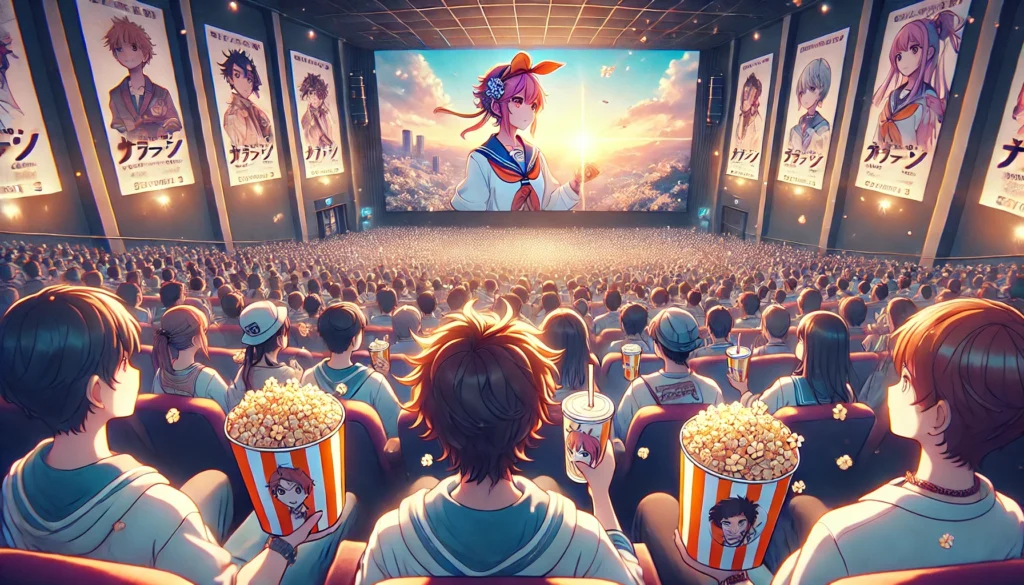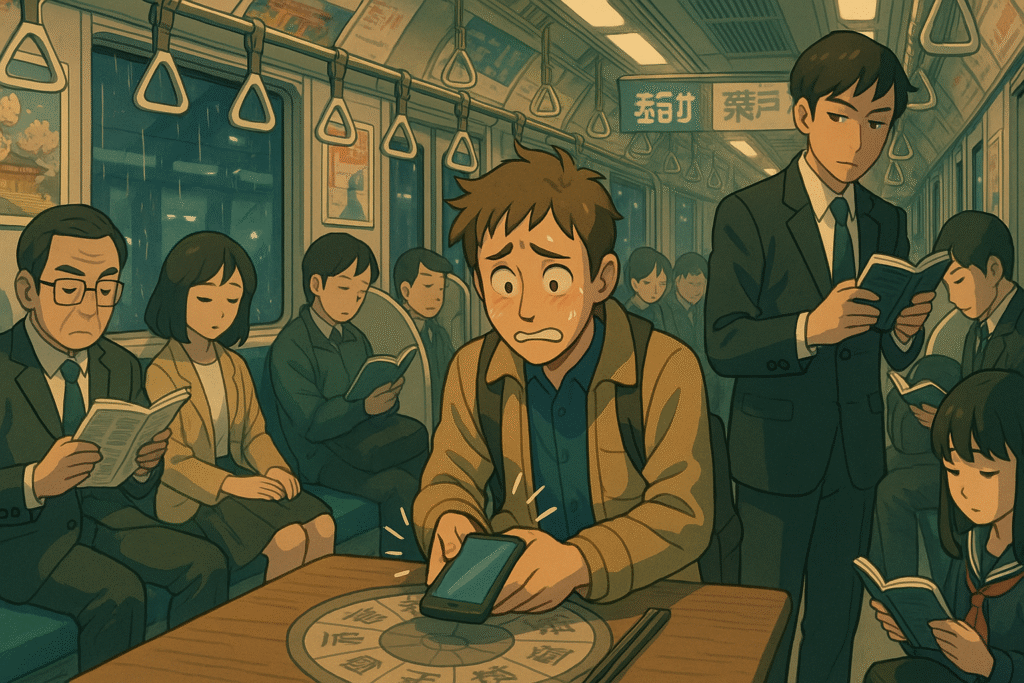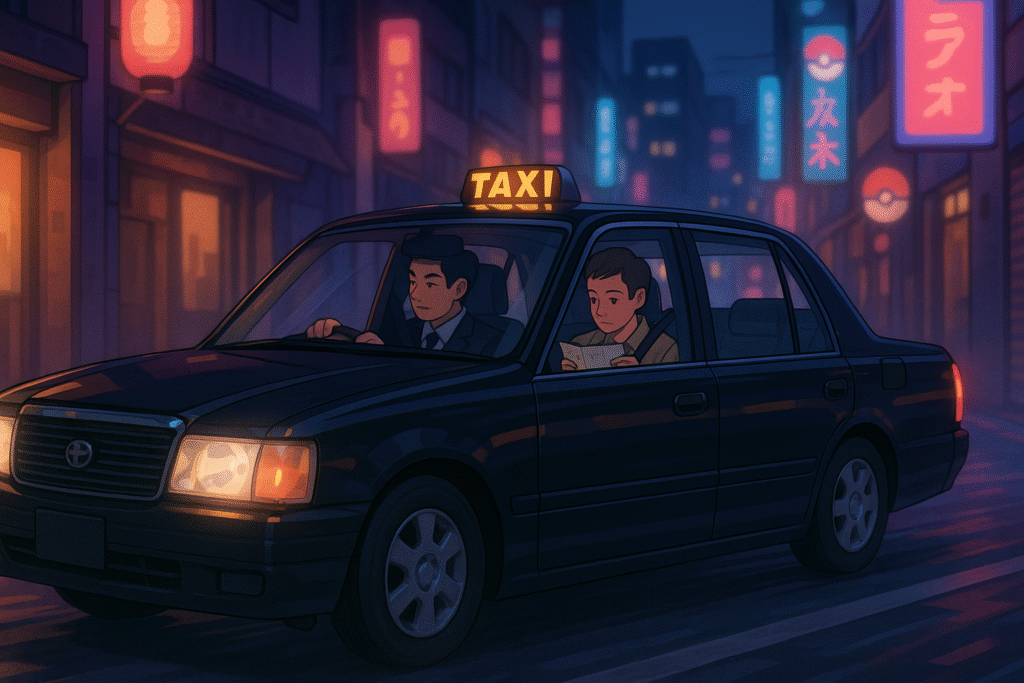Have you ever wondered what makes watching a film in a Japanese movie theater a truly special experience? From unique snacks to fascinating cultural customs, cinema in Japan offers much more than just watching the latest blockbuster on a big screen. Join me as we explore everything you need to know about the enchanting world of Japanese cinema venues.
Why Japanese Movie Theaters Stand Out from the Rest
When it comes to watching films, the Japanese movie theater experience is in a league of its own. Having explored various aspects of Japanese culture in my previous articles, from Japanese convenience stores to the seasonal climate changes in Japan, I’ve discovered that cinema venues reflect Japan’s distinctive blend of tradition, innovation, and attention to detail.
Japanese cinema venues aren’t just places to watch movies—they’re carefully crafted entertainment spaces designed to enhance your viewing pleasure in ways Western theaters often don’t consider.
Types of Japanese Movie Theaters You’ll Encounter
Cinema Complexes: The Modern Multiplex Experience
The most common type of Japanese movie theater you’ll encounter is the “cinema complex.” These modern, multi-screen venues are typically located within shopping malls and feature:
- Multiple floors of screening rooms
- Advanced projection technology (2D, 3D, 4D, and sometimes 4DX)
- Dedicated concession areas on each level
- Electronic ticketing systems
- Comfortable seating with ample legroom
These complexes are similar to Western multiplexes but with distinctly Japanese touches that elevate the experience.
Mini-Theaters: Boutique Cinema Experiences
For a more intimate viewing experience, Japan offers “mini-theaters”—smaller venues that typically seat fewer than 200 people. These specialty cinemas often feature:
- Independent and art house films
- Foreign language films (sometimes with original audio and subtitles)
- Classic Japanese cinema
- Themed film festivals
- More personalized service
Meigaza: A Window to Classic Cinema
For film enthusiasts and history buffs, “meigaza” theaters exclusively screen classic films, offering a glimpse into Japan’s rich cinematic heritage and international film classics. These venues celebrate the artistry of filmmaking through the decades.
Ticketing and Pricing at Japanese Movie Theaters
The High-Tech Ticketing Experience
One of the first things you’ll notice at a Japanese movie theater is the ticketing system. Unlike many Western theaters with counter service, Japanese cinemas typically feature electronic kiosks where you can:
- Browse available movies and showtimes
- Select your preferred seats from a digital map
- Pay for your tickets electronically
- Receive a printed ticket or digital QR code
These systems are user-friendly and often include English options for international visitors.
Understanding Pricing and Discount Days
Cinema tickets in Japan tend to be on the pricier side, averaging around 1,800 yen (approximately $12.50) for standard screenings. However, savvy moviegoers can take advantage of various discount days:
- Ladies’ Day: Discounted tickets for women (usually on Wednesdays)
- Couples’ Day: Special pricing for pairs
- Movie Day: General discounts, often on the 1st of each month
- Student and senior discounts
- Early morning or late-night screening discounts
If you’re learning Japanese, these theater visits provide excellent practice opportunities. Consider checking out our Counting to 100 in Japanese guide to help you understand ticket pricing and our 100+ Essential Japanese Phrases to navigate the theater experience with confidence.
The Distinctive Amenities of Japanese Movie Theaters
Comfort Is Key
Japanese movie theaters place a strong emphasis on viewer comfort, offering amenities that might surprise Western moviegoers:
- Complimentary blankets for chilly theaters
- Booster cushions for shorter patrons
- Spacious seating with excellent viewing angles
- Temperature-controlled environments
- Immaculate cleanliness standards
These thoughtful touches exemplify Japan’s commitment to customer service and attention to detail, much like what I observed in my article about Japanese beauty standards and their evolution.
Smoking Areas: A Cultural Difference
Unlike many Western countries where smoking is prohibited in all indoor public spaces, some Japanese movie theaters still maintain designated smoking rooms. This reflects Japan’s different approach to smoking regulations, though it’s worth noting that these areas are completely separate from screening rooms.
Japanese Movie Theater Snacks: Beyond Ordinary Popcorn
Character-Themed Treats
One of the most delightful aspects of visiting a Japanese movie theater is exploring the themed snacks and merchandise available during a film’s run. These limited-edition treats often feature:
- Character-shaped containers and packaging
- Film-inspired flavor combinations
- Collectible cups and popcorn buckets
- Seasonal specialties
Much like the unique ice cream flavors I discussed in my Japanese ice cream guide, these cinema snacks showcase Japan’s creativity with food presentation and flavors.
Distinctive Popcorn Varieties
While popcorn remains a cinema staple in Japan, the flavor options extend far beyond the standard butter or caramel you might find elsewhere:
- Matcha (green tea)
- Soy sauce and butter
- Chocolate
- Strawberry
- Curry
- Seasonal limited editions
Portion sizes tend to be more modest than the oversized buckets common in American theaters, with “Large” being the maximum size available.
Beverage Options: From Tea to Alcohol
Japanese movie theaters offer an impressive variety of beverages, including:
- Traditional tea and coffee
- Soft drinks and fruit juices
- Beer and chu-hai (shochu highball)
- Wine and spirits (in select theaters)
- Seasonal and themed drink specials
The availability of alcoholic beverages is another distinctive feature of cinema in Japan, allowing adult viewers to enjoy a more sophisticated refreshment with their film.
What to Expect During Your Japanese Movie Theater Visit
Etiquette and Cultural Norms
Japanese moviegoers tend to observe certain unwritten rules that enhance everyone’s viewing experience:
- Absolute silence during the film (no talking or whispering)
- Mobile phones completely turned off (not just silenced)
- No entering or leaving during crucial scenes
- Staying seated until the credits have finished
- Taking all trash when leaving
These practices reflect Japan’s broader cultural emphasis on consideration for others in public spaces.
Film Selection and Screening Practices
The selection of films at a Japanese movie theater may differ significantly from what you’d find in other countries:
- Strong emphasis on domestic Japanese productions
- Anime features with theatrical releases
- Foreign films, often with a delay of several months
- Limited screenings with original audio and subtitles
- Special event screenings (live concert films, theater productions)
If you’re interested in reading Japanese film titles and descriptions, our Hiragana & Katakana Cheat Sheet can be an invaluable resource.
Understanding Japanese Film Ratings
Japan uses a different film rating system than many Western countries:
- G: General audiences
- PG-12: Parental guidance recommended for viewers under 12
- R15+: Restricted to viewers 15 and older
- R18+: Restricted to viewers 18 and older
These ratings are strictly enforced, so be prepared to show identification if you’re watching age-restricted content.
The Cinematic Experience: Technical Aspects of Japanese Movie Theaters
State-of-the-Art Projection and Sound
Many Japanese movie theaters, especially in major cities like Tokyo and Osaka, pride themselves on cutting-edge audiovisual technology:
- 4K and sometimes 8K projection
- Dolby Atmos sound systems
- IMAX screenings
- 4DX motion and environmental effects
- Screen X 270-degree projection
Japan’s passion for technological innovation is evident in how they’ve elevated the cinema experience through these advanced systems.
Seating and Theater Layout
The physical design of Japanese movie theaters tends to prioritize optimal viewing for all attendees:
- Stadium-style seating with excellent sightlines
- Couples’ seating options (two seats without armrests between them)
- Premium seating zones with extra amenities
- Accessible seating for patrons with disabilities
- Strategic placement of entry/exit points to minimize disruption
Japanese Movie Theater Culture and Traditions
Chirashi: The Art of Film Leaflets
One uniquely Japanese cinema tradition is the “chirashi” (leaflet) – beautifully designed promotional materials that double as collector’s items. These are typically available in the theater lobby and feature:
- Artistic film poster designs
- Cast and crew information
- Release dates and special screening information
- Collectible photography and artwork
Many Japanese cinephiles collect these leaflets as mementos of their theater visits.
Opening Day Traditions
For major film releases in Japan, opening day at a Japanese movie theater can involve special events:
- Cast and director appearances
- Limited edition merchandise
- Special themed food and drink
- Commemorative tickets and programs
- Photo opportunities with character standees
These events turn film releases into cultural celebrations, especially for anime films and major domestic productions.
How Japanese Movie Theaters Compare to Their Western Counterparts
Key Differences from American Cinemas
When comparing a Japanese movie theater to an American counterpart, several distinctions become apparent:
- Japanese venues tend to be quieter and more orderly
- Snack options are more varied and often film-themed
- Alcohol is widely available in Japanese theaters
- Japanese theaters place greater emphasis on comfort amenities
- Film selection prioritizes domestic productions
These differences reflect broader cultural values and expectations around public entertainment.
Price Comparison and Value Proposition
While ticket prices at a Japanese movie theater might initially seem higher than in some Western countries, the overall experience often provides better value when considering:
- Superior comfort and amenities
- Higher standards of cleanliness
- Better audience etiquette
- Unique food and beverage options
- Advanced technological offerings
Planning Your Japanese Movie Theater Visit: Practical Tips
Booking Tickets and Selecting Seats
To make the most of your Japanese movie theater experience:
- Book tickets online when possible (major chains have English websites)
- Choose center seats for optimal viewing
- Consider premium seating for special films
- Check for discount days to save on admission
- Arrive early for popular releases and weekend screenings
For international visitors struggling with Japanese cinema websites, our JLPT N5 Kanji Cheat Sheet can help decipher basic characters used in online booking systems.
Language Considerations
For non-Japanese speakers, language can present challenges when visiting a Japanese movie theater:
- Most foreign films are dubbed into Japanese rather than subtitled
- Children’s films are almost exclusively shown in dubbed versions
- Finding original language screenings with subtitles can be difficult
- Some theaters in Tokyo and other major tourist areas offer more subtitled options
- Special screenings for international festivals may include English subtitles
Best Theaters for International Visitors
Some Japanese movie theaters are particularly accommodating to international guests:
- TOHO Cinemas (major cities across Japan)
- Shinjuku Piccadilly (Tokyo)
- Cinema Mediage (Odaiba, Tokyo)
- Osaka Station City Cinema
- T-Joy Prince Shinagawa (Tokyo)
These venues often offer English information and sometimes have more subtitled screenings.
The Future of Japanese Movie Theaters
Embracing New Technologies
The Japanese movie theater industry continues to evolve with technological innovations:
- Virtual reality experiences
- Enhanced interactive elements
- AI-powered recommendation systems
- Contactless service options
- Experimental projection techniques
Preserving Traditional Cinema Culture
Despite technological advancement, many Japanese movie theaters maintain connections to traditional cinema culture:
- Revival screenings of classic Japanese films
- Preservation of historic theater buildings
- Special programs celebrating influential directors
- Film history exhibitions and museums
- Traditional theater design elements
This balance of innovation and tradition creates a cinema landscape that honors the past while embracing the future.
Conclusion: Why Japanese Movie Theaters Offer a Unique Cultural Experience
The Japanese movie theater experience represents far more than just watching a film—it’s a window into Japanese values, aesthetics, and attention to detail. From the thoughtful amenities to the specialized snacks, from the cutting-edge technology to the respectful audience behavior, these venues offer a distinctive cultural experience that cinema enthusiasts should not miss.
Whether you’re planning a trip to Japan or simply curious about how other cultures approach the shared experience of cinema, understanding these uniquely Japanese approaches to moviegoing enriches our appreciation of both film and cultural diversity.
For those interested in exploring more aspects of Japanese culture, check out our guides on Japanese language basics and travel essentials to enhance your experience.
Have you visited a Japanese movie theater? What was your favorite aspect of the experience? Share your thoughts in the comments below!




